Fish is an inexpensive and readily digested source of animal protein that has been eaten since ancient times. Fisheries in natural environments have been damaged by overfishing and pollution, pushing scientists to develop new means of increasing fish output. Increasing the amount of fish available for human consumption has become simpler via fish farming in controlled or artificial environments. Let’s check out how to start Tilapia fish farming in India.
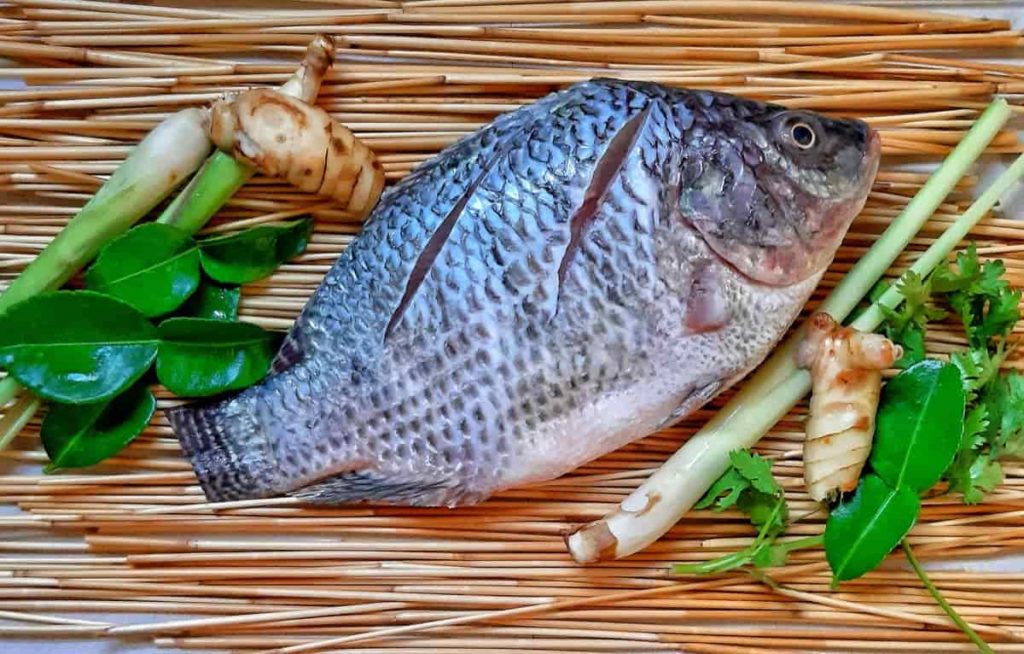
Adding aquaculture to village ponds, tanks, or other water bodies is a simple and cost-effective way for farmers to boost their income. Youths of all ability levels and those with no skills benefit from this program. Tilapia, sometimes known as “aquatic chicken,” has been recognized as the “Food Fish of the 21st Century” because of its high protein content. 4.0 million metric tonnes of tilapia are produced each year in aquaculture across the globe, worth roughly $3 billion.
7.3 million tonnes of tilapia are predicted to be created globally by 2030, according to FAO estimates. Tilapia has contributed to food security programs in China, Egypt, the Philippines, Brazil, Thailand, and Bangladesh. Tilapia is a potential species that could be grown to meet food security in general and the affordable protein needs of the rising population according to the national level. Tilapia cultivation in India has gotten a massive boost because of MPEDA.
What are the advantages of tilapia fish farming?
- The primary benefit of tilapia fish farming is that it is a simple enterprise to get started with. It’s very easy to cultivate this fish.
- The demand for Tilapia fish is strong both domestically and internationally.
- The tilapia fish can adapt to a broad range of environmental factors. Even if you have a little pond in your backyard, you can start rearing tilapia.
- Tilapia is a fast-growing fish. In addition to this, many people cultivate this fish for its nutritional value.
- Tilapia is a healthy and delicious fish.
- There is no need to worry about tilapia fish marketing. Because of the high demand for this fish in the marketplace.
- Fish farming is lucrative, and it can be done commercially or on a smaller scale.
- Unemployed professionals with a degree in fisheries management can find success in the commercial tilapia fish growing industry.
- Everything you need to start raising tilapia fingerlings, including fingerlings, feed, and other resources, is readily accessible. As a result, starting this business will not be an issue for you.
- There are several health advantages of eating tilapia fish. Also, if you establish your tilapia farm, you can eat fresh tilapia.
How to start Tilapia fish farming in India
Tilapia fish farming business plan
First and foremost, commercial farming needs a certain level of ability, talent, and understanding. As a result, you should have some relevant expertise before launching your own business. You can also get tilapia farming training from state fisheries agencies. Tilapia fish farming could be illegal in several states.
In case you missed it: Best 15 Profitable Fish Farming Business Ideas
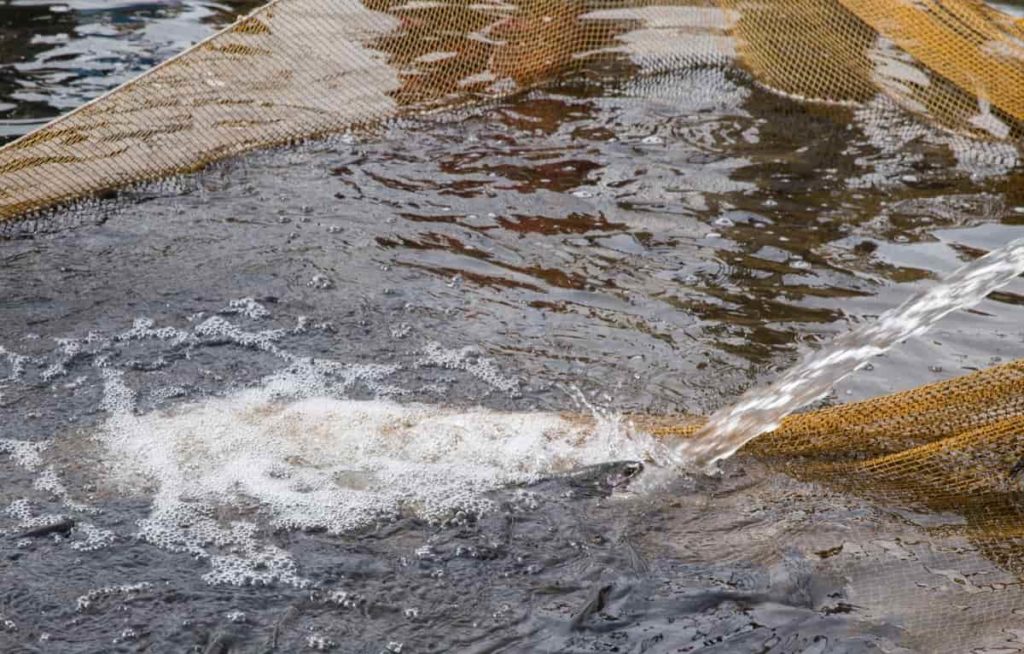
Check with the government to see whether commercial farming is allowed. Tilapia cultivation can be divided into three main stages. Those are hatching, raising, and harvesting of the fish. The beginning point should be determined based on your financial resources. Determine whether you want to hatch your own fingerlings or purchase them from a hatchery.
Tilapia fish farming costs
There are many ways in which you can grow tilapia fish. One can grow these fish in tanks or ponds. And when it comes to these two ways, there are still different cultivation methods for each way; you can choose between the RAS and Bio-floc cultivations system if you want to grow them in ponds. You can choose between conventional and cage culture systems when you grow them in ponds. Investment can depend on all such factors regarding tilapia fish culture.
However, approximately, if you want to cultivate these fish in 1800 square feet of land in tanks, then it can cost you around 12 to 15 lakh rupees, including the one-time and running costs; these values can vary if you are cultivating these fish in the same area but in ponds. The investment can also vary by many factors such as the amount of feed you are using, the type of method you are using to cultivate the fish, the quality of the fish seed you are using, and lastly, the size of the area in which you are growing.
Selection of ponds or tanks for tilapia fish farming
Tilapia fish can be raised in either an earthen pond or a tank. Your budget can determine the size and design of the tanks or ponds. The size of tilapia that can be grown in an earthen pond is limitless. It should be about 1.2 meters deep. Consult with a local expert before beginning to raise tilapia in tanks.
In case you missed it: Fish Oil Project Report, Business Plan
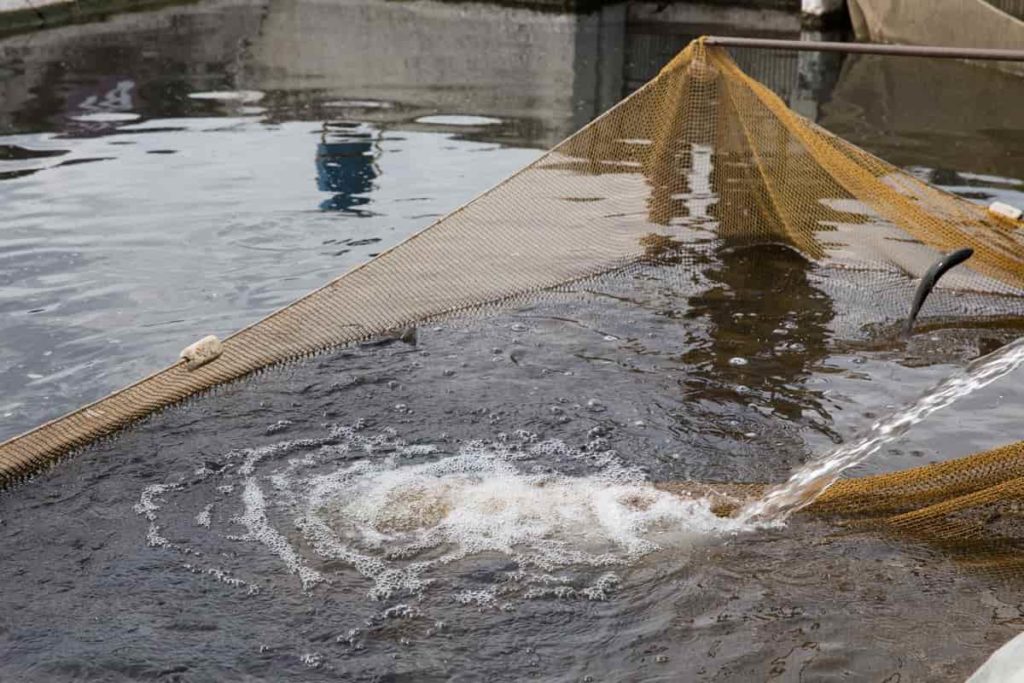
Tilapia fish farming relies heavily on the selection of ponds. Therefore, much care must be given in picking the site by the lake. So, while deciding on a pond for tilapia farming, keep these considerations in mind.
- Always choose a pond or tank with at least a 1.5- to 2-meter water depth for your fish.
- The best place to keep Tilapia is free of industrial waste, flood-prone locations, and soils contaminated by chemicals.
- Because disease and damage might arise in an old fish pond, it is necessary to renovate it before using it to cultivate tilapia. It’s good to examine the pond’s inflow and outflow for any damage.
- Additionally, it is necessary to impound non-essential sections of water bodies.
- The water should never drop below 1.5 meters.
- It is essential to choose pond soil that is water-retentive and has enough water supply to make a profit.
- Check the pond’s minimum depth before starting the cultivation.
- Building or renovating guards quarters, civil constructions, water supply systems, and electrical supplies should be thoroughly checked.
Liming your pond
Acidic fish ponds tend to be less productive than alkaline fish ponds, and this is due to their acidic character. Lime is used to lower the pH to the appropriate level. Because a pond’s pH is closely linked to its ability to produce more fish. To raise the pH level of the fish pond, lime can also be used effectively. It can also serve as a buffer, preventing pH swings in the pond’s ecosystem.
It also boosts the soil’s ability to withstand parasitic infestations. The poisonous effects of lime kill the parasites in the pond. It also enhances the breakdown of organic matter. At the very least, a soil test should be performed at least once throughout commercial production. Soil pH and the quantity of lime added to correct the farmer can determine it. There should be no water in the newly-created pond until the surface has been limed. Apply as much lime as necessary to improve fish output.
In case you missed it: Biofloc Fish Farming – Profit, License In India
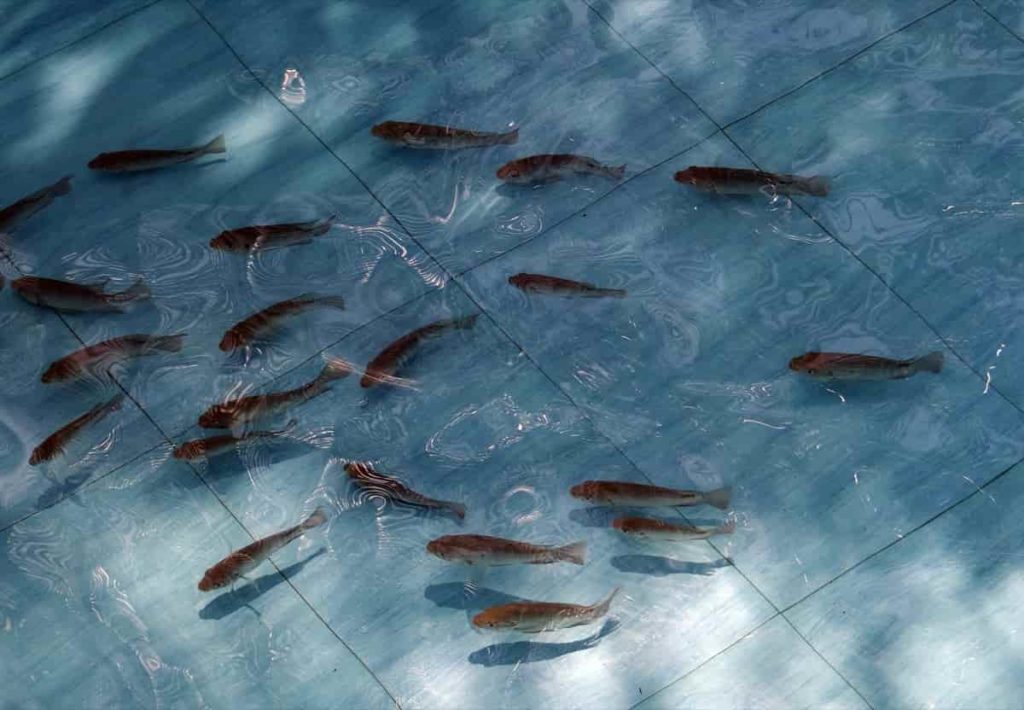
Pond management details for tilapia fish farming
Keep the tilapia fish seed in a nursing pond as soon as you get them from the hatchery. Predators, such as snakes and frogs can harm the fish if they get too close to the pond’s surface. After fertilizing the pond for 5-7 days, add 21-28-day-old tilapia fish. These should be fed 10% to 15% of their body weight in fish food, depending on their size.
Transfer them to a new pond after caring for them for 40-60 days. Light, food, oxygen, and clean water are essential for a productive tilapia farm. In tilapia farming, the skill is to identify each need and then develop a means to provide them in adequate quantity.
Stocking density for tilapia fish
Ponds of 40 meters in length and 20 meters broad, with a depth of 1.2 meters, are common. As much as 960 cubic meters of water can be stored in such a pond. As many as ten tilapia fish can now be kept in one cubic meter of water. This means that your 1.2-meter deep 800 square meter pond is perfect for stocking and raising 9600 tilapia fish.
Feeding details for tilapia fish
Tilapia is a fish that eats a wide variety of things. Planktons, algae, and a wide variety of aquatic plants are all typical food. Farmers can purchase fish feed from a local market for large-scale commercial Tilapia production. Natural and organic fish feed can also be made using this approach.
In case you missed it: How to Make Money from Fish Feed Production
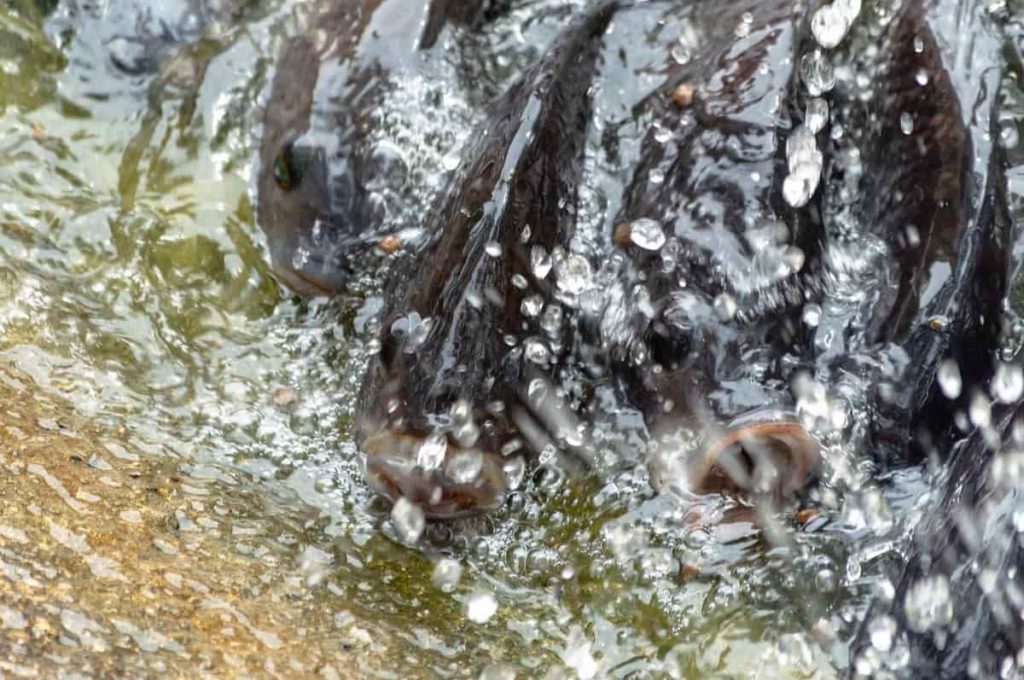
Please buy a large amount of commercial feed from the market because it’s suitable for the fish and gives the best possible development for them. Fish food is critical in commercial tilapia production since it promotes rapid growth and increases the fish’s overall weight. If you want to ensure that your fish grow at their best, you should stick to the recommended feeding plan. You can use this table to calculate tilapia feed per day.
| Bodyweight (grams) | Feed rate daily | Number of times in a day |
| 20 to 25 | 8% to 10% | 3-4 |
| 50 to 100 | 6% to 8% | 3-4 |
| 100 to 200 | 5% to 6% | 3 |
| >200 | 2% to 4% | 3 |
Care required for tilapia fish
The process of raising tilapia is not complicated. However, it is necessary to address a few points of concern if any losses are minimized in this kind of commercial fish farming. As a result, tilapia fish output can be maximized. Keep your pond water fresh by regularly changing it to encourage healthy fish development. Check the PH of your water and soil regularly. For fish to develop rapidly, the PH value of the pond water should be between 7 and 8. Make sure that no pathogens are allowed into the pond.
Any sickness in the pond immediately affects the output of the fish. Predators, including snakes, frogs, and more, should be kept away from the pond. For optimal fish production, a fresh and clean atmosphere is also required. It is essential to provide a suitable quantity of healthy and protein-rich food to your fish. The fish must be checked for illness and growth regularly. The pond’s daily management records must be stored for future inspection.
Harvesting of tilapia fish
Generally, it takes a maximum of 8 months for tilapia to grow full size in commercial production. When fish reach harvesting weight, they are ready to be harvested. It’s impossible to know exactly when something happens since it depends on the species and other factors. You can begin harvesting when they reach 400 to 500 grams in weight.
In case you missed it: How to Make Money from a Fish Aquarium Business
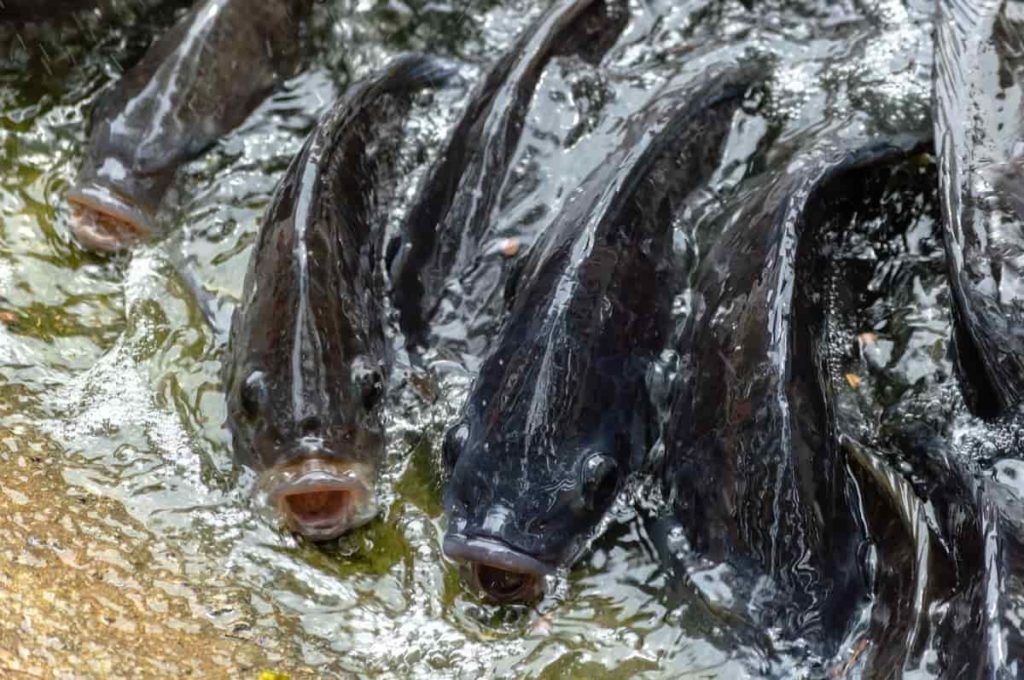
You can harvest tilapia fish after 7 to 8 months once they attain the desired weight. All fish can be caught using the same techniques. Sort the fish by size once they’ve been harvested. And attempt to have it sold as quickly as you can. There is a high demand for live tilapia fish.
Profit margins in tilapia fish farming
Tilapia fish farming is a very profitable venture. The price of tilapia fish in the Indian market is nearly 350 to 400 rupees per kg. Generally, as per present market rates, it costs rupees 160 to 180 per kg of tilapia fish if you choose to sell them to traders or wholesale dealers. You can multiply this selling price by the value of your fish production to estimate your income.
You don’t even have to market when it comes to tilapia fish because this fish is in great demand all over the country. Also, if you want to earn huge profits from your yield, find a way to sell your fish directly to the consumers; this way, you can almost double the profits. We can conclude that commercial tilapia fish farming is a profitable business and can be started on a small scale for decent profits.
- Handicraft Making at Home: A Small Profitable Business Idea
- Pet-Tech Startups: Innovations for Animal Lovers
- Tech Repair Services: Meeting the Demand for Gadget Maintenance
- Maximizing Rewards: Smart Credit Card Habits for Cashback and Points
- Ultimate Guide to Making Money from Goat Milk Business
- How to Start an Agricultural Value Added Product Business
- Value-Added Business Ideas for Greenhouse: The Best Ways to Make Profits with Greenhouse Farming
- How to Make Profits with Organic Country Chicken: Best Strategies for Beginners
- 10 Value-added Business Ideas for Millets: Low-investment and Highly Profitable
- Why Cleaning Service Business Becoming More Profitable in Metro Cities in India
- 10 Best Businesses to Start in Ayodhya for Profits
- Top Drone Business Ideas in India: Unlocking Aerial Innovation & Opportunities
- Top 10 Service Businesses You Can Start with No Money
- Ultimate Guide to Starting a Home-Based Advertising Agency Business
- Starting a Nail Salon Near Your Location: Check List, Business Plan, Licensing, and Opening Instructions
- Construction Company Name Ideas: Guide to Create New Construction Company Names
- 8 Best Small Businesses to Start in Hyderabad: Low-Cost and Profitable
- 10 Best Small Businesses to Start in Massachusetts: Low-Cost and Profitable
- 10 Best Small Businesses to Start in Maryland: Low-Investment and Profitable
- 10 Best Small Businesses to Start in Delaware: Low-Investment and Profitable
- 10 Best Small Businesses to Start in Connecticut: Low-Investment and Profitable
- Top 10 Best Online Pet Business Ideas: Exploring Cats to Dogs
- 10 Best Small Businesses to Start in Colorado: Low-Investment and Profitable
- Top 10 Profitable Small Business Ideas in California: Low-Investment Tips
- From Little Rock to Fayetteville: Top 10 Profitable Small Business Ideas in Arkansas
- Top 10 Profitable Small Business Ideas in Alabama: Discover Opportunities in Alabama’s Growing Cities
- Top 10 Profitable Small Business Ideas in Arizona: Discover Opportunities in Arizona’s Growing Cities
- Golf Business Ideas: Exploring Golf Course Money Making Ideas
- Low Capital Profitable Small Farm Ideas: Farming Ideas to Make Money
- How to Write a Business Plan for Daycare: Exploring from Financial Projections to Risk Management
- Home Daycare License Requirements: Exploring State-wise In-home Daycare Requirements
- How Profitable is Day Care Business: How Much Does a Daycare Owner Make a Month or Year?
- How to Open a Daycare Center in Toronto, Canada: Business Plan, Licenses and Permits
- How to Start Meal Prep and Delivery Services: A Popular Business Idea
- How to Start a Milk Chilling Plant Business
- How to Start Coconut Shell Charcoal Business: Business Plan for Maximizing Profits